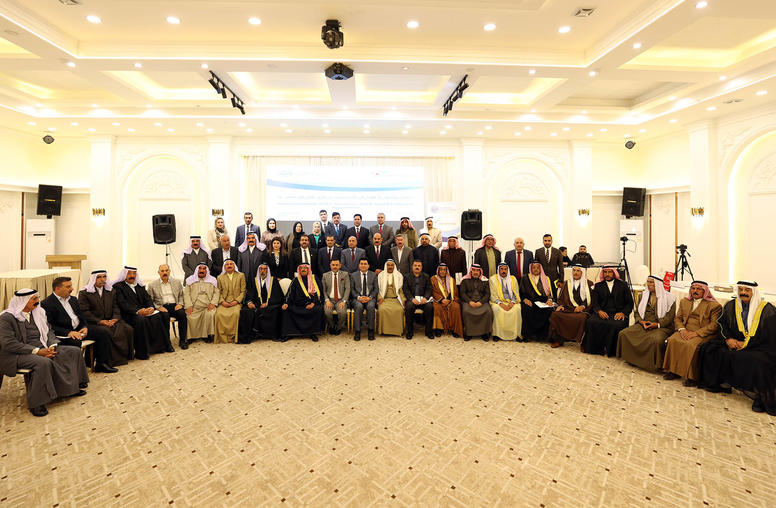Suicide Bombers in Iraq
The Strategy and Ideology of Martyrdom
Author Mohammed Hafez examines the history of suicide bombing in Iraq, theoretical perspectives on suicide bombing, the varied factions that comprise the insurgency and the ideology and theology of martyrdom supporting suicide bombers in his new book Suicide Bombers in Iraq.
Washington, DC—The rate of suicide attacks in the Iraqi insurgency has surpassed the number of suicide operations by all previous insurgent groups combined, including those by Hezbollah in Lebanon, Tamil Tigers in Sri Lanka, and Hamas in Israel, according to a new book published by the U.S. Institute of Peace. From March 22, 2003, to August 18, 2006, approximately 514 suicide attacks took place in Iraq.
In SUICIDE BOMBERS IN IRAQ (July 2007, United States Institute of Peace Press; $17.50), the author Mohammed Hafez draws extensively on open-source intelligence and papers of record, primary sources from insurgent groups including online documents and videos, and interviews with U.S. servicemen who have served in Iraq.
Hafez examines the history of suicide bombing in Iraq and many other countries, theoretical perspectives on suicide bombing, the varied factions that comprise the insurgency, the ideology and theology of martyrdom supporting suicide bombers, their national origins and characteristics, and the prospects for a “third generation” of transnational jihadists forged in the crucible of Iraq.
“Despite their relatively small number in the overall insurgency, suicide attacks have a disproportionate impact on political developments in Iraq because of their targets, lethality, and psychological potency,” explains Hafez.
Suicide bombers continue to kill and maim in Baghdad to deliver the message that the surge will not bring victory for the U.S. and stability for Iraqis. Every political and military accomplishment by multinational forces and Iraq's government is met with an escalation in violence, terror, and chaos. Insurgents are confident in their ability to strike and eager to demonstrate their control of the country.
“These bombers are not only dragging Iraq into a merciless civil war, they are also emboldening insurgents in Afghanistan, Algeria, and Somalia, and fostering a schism between Sunnis and Shiites around the Muslim world,” states Hafez.
Today Iraq has entered a civil war whose duration, scope, and magnitude has yet to crystallize. Talk has faded of a pluralist democracy that could serve as a guiding light to other authoritarian regimes in the region. Iraqis just want an end to the bloodshed and the insecurity. Many in the United States just want to get out.
What went wrong? Who are these insurgents? Where did they come from? What do they want? Why are they deploying suicide bombers? Why are they killing their own people? What will it take to stop them? Is it too late? Answers to these questions are central to salvaging the situation in Iraq and ending the bloodshed. The first book of its kind, Suicide Bombers in Iraq delves deep into the Iraqi insurgency to map its political and strategic divides and explain the patterns of suicide violence therein.
About the Author
Mohammed M. Hafez is a visiting professor of political science at the University of Missouri in Kansas City. He is the author of Manufacturing Human Bombs: The Making of Palestinian Suicide Bombers (United States Institute of Peace, 2006) and Why Muslims Rebel: Repression and Resistance in the Islamic World (Lynne Rienner, 2003).
Contact: Meaghan E. Pierannunzi
Marketing Coordinator
Publications Office
United States Institute of Peace
1200 17th Street NW, Suite 200
Washington, DC 20036
P: 202-429-4736
F: 202-429-6063
E-mail: mpierannunzi@usip.org



